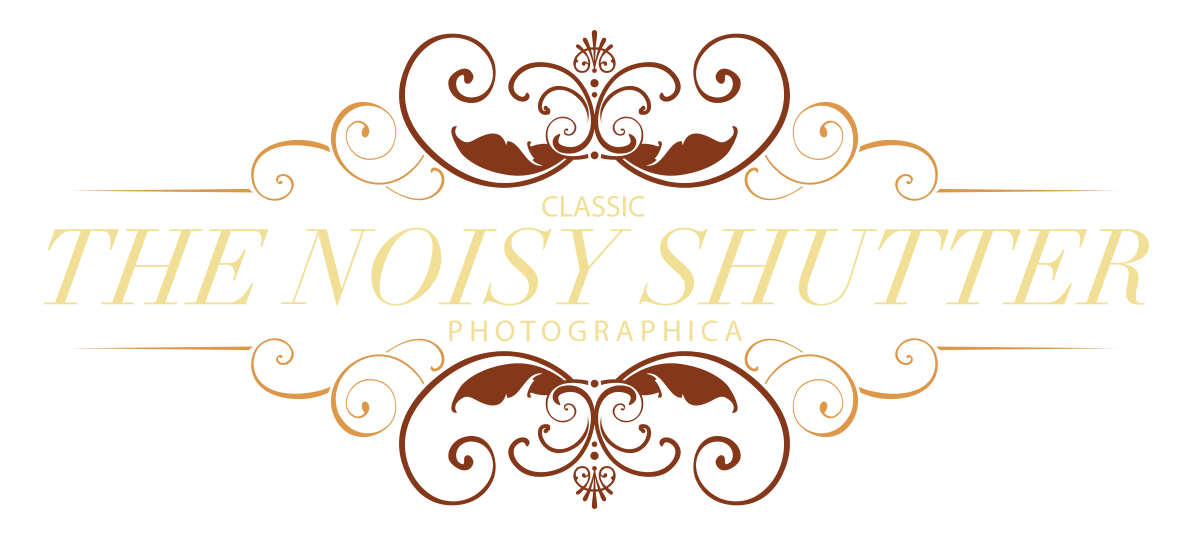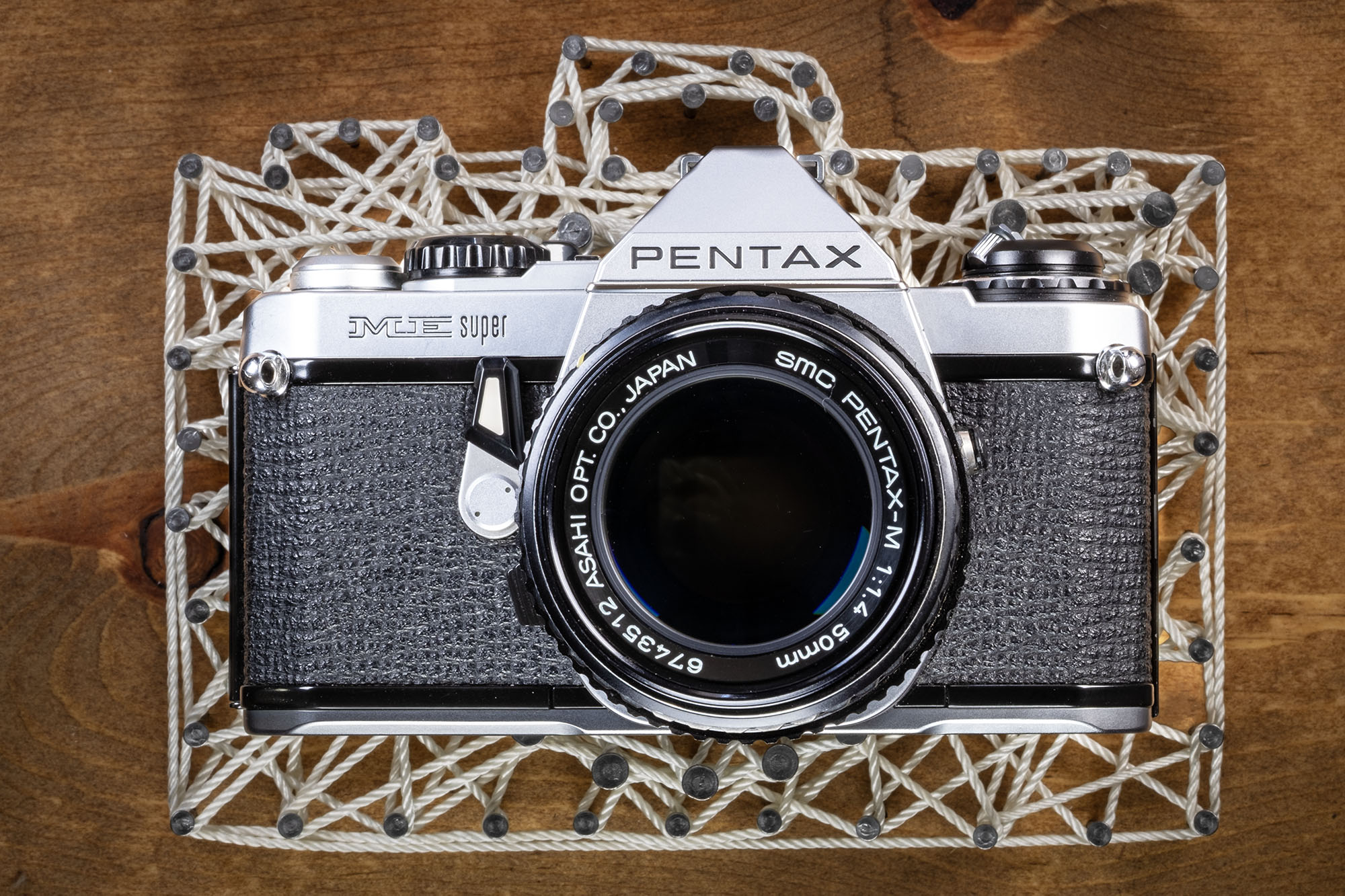After a couple of notable photography podcast hosts favorably mentioned the ME Super, I was pleased when one came along as part of a mixed lot. I have had a couple of of the “less super” ME models come across my desk, which I suppose I could discuss later. I have found both the ME and the ME Super to be quite capable, elegant little cameras.
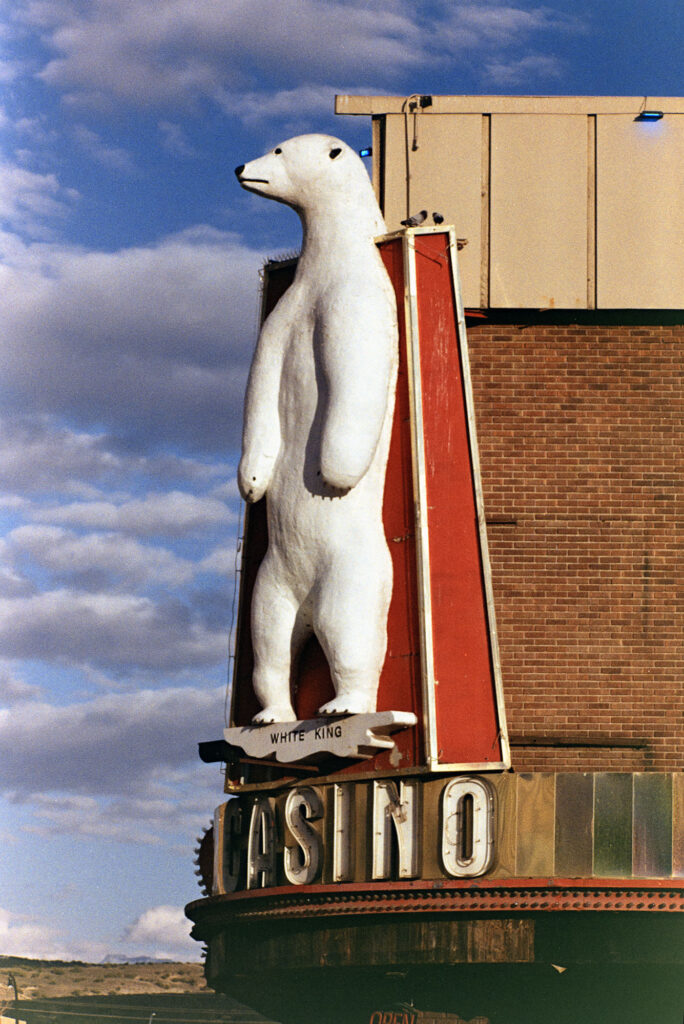
When they do show up, They are typically wearing some version of the SMC 50mm f2. These are the budget-friendly kit lenses that shipped with consumer-grade bodies, and there is certainly a place for them. I can’t say that there is anything wrong with them; they just don’t inspire me to get out and shoot like other lenses.
While on a road trip that started in Dallas, Texas and ended in Kansas City, Missouri, I found a Pentax-M 50mm f1.4 at a camera shop in Overland Park, Kansas. That lens just feels different than the others I have had, and the images I have made with it so far have made me smile. It was the perfect addition to the small Pentax K-mount section in my camera collection.
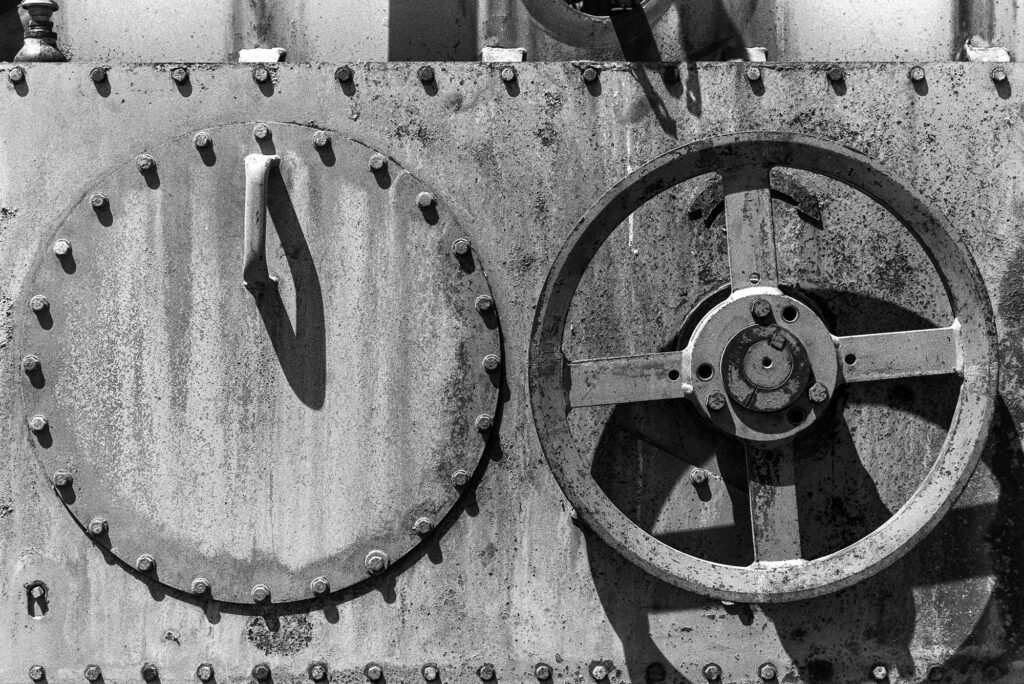
I call it “small” because I have passed along a half-dozen K1000s with lenses and there is little left. At this moment there is only an ME, this ME Super and a K2 waiting in line. Lenses are few, as I really haven’t built a proper Pentax K-mount kit for 35mm. At some point I picked up a “trash table” Super-Cosina 80-200mm lens that I have used as well as the 50/1.4. For a bargain bin lens, it is really quite nice.

Upon handling the ME Super for the first time, I’ll admit I was a bit surprised by how good it felt in the hand. Maybe I expected it to feel cheaper. When I put it up to my eye, I suddenly understood the praise I had been hearing in podcasts. The viewfinder just seems huge and bright for such a small camera.
While its set of features is typical of cameras from the era, it is quite capable. Across the top we have the ASA dial and exposure compensation ring around the film rewind lever. On the prism we have a typical hot shoe with an additional contact for dedicated flash units.
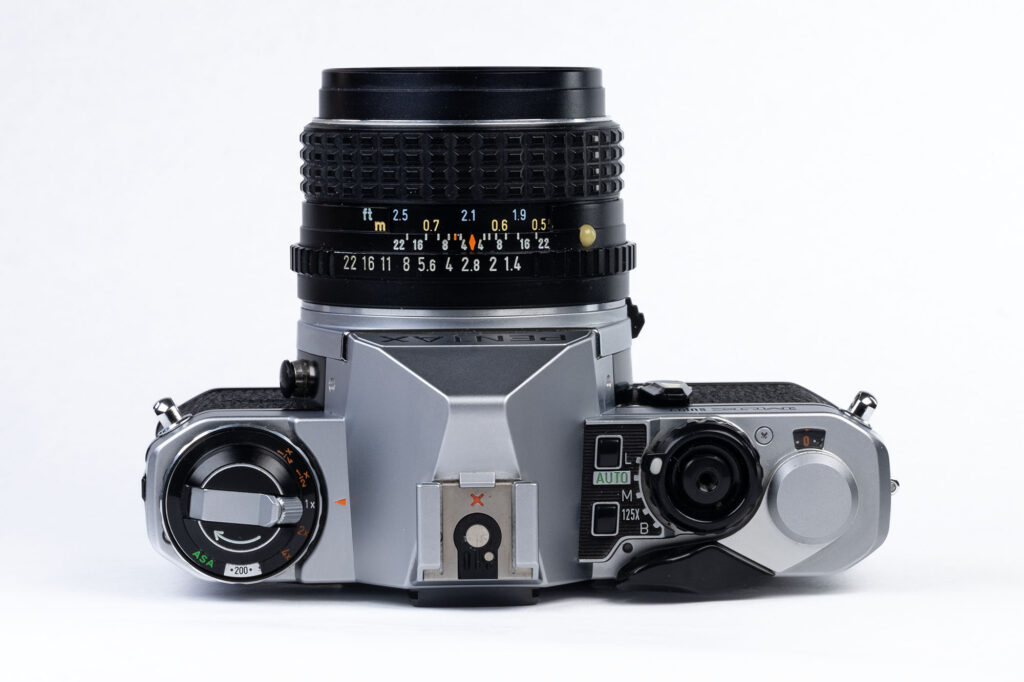
The cluster of controls on the right include a dial and two buttons. The dial has settings labeled “L” for Lock, “Auto” for aperture priority mode, “M” for manual control, “125X” for flash sync, and “B” for bulb setting. A small white button on the control ring is to unlock the ring, which only locks in the “Auto” position. The shutter release button resides in the middle of this ring.
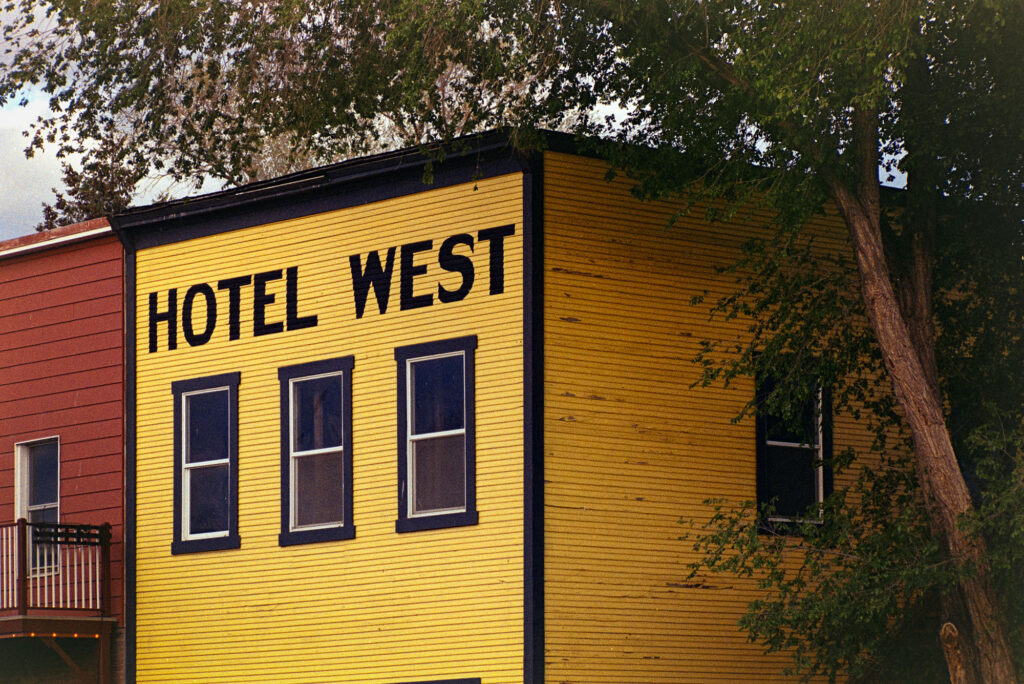
The two buttons take the place of the typical shutter speed dial, and instead offer up-and-down control of the shutter speeds visible in the left side of the viewfinder. There is also the film advance lever and frame counter to the right of the dial.
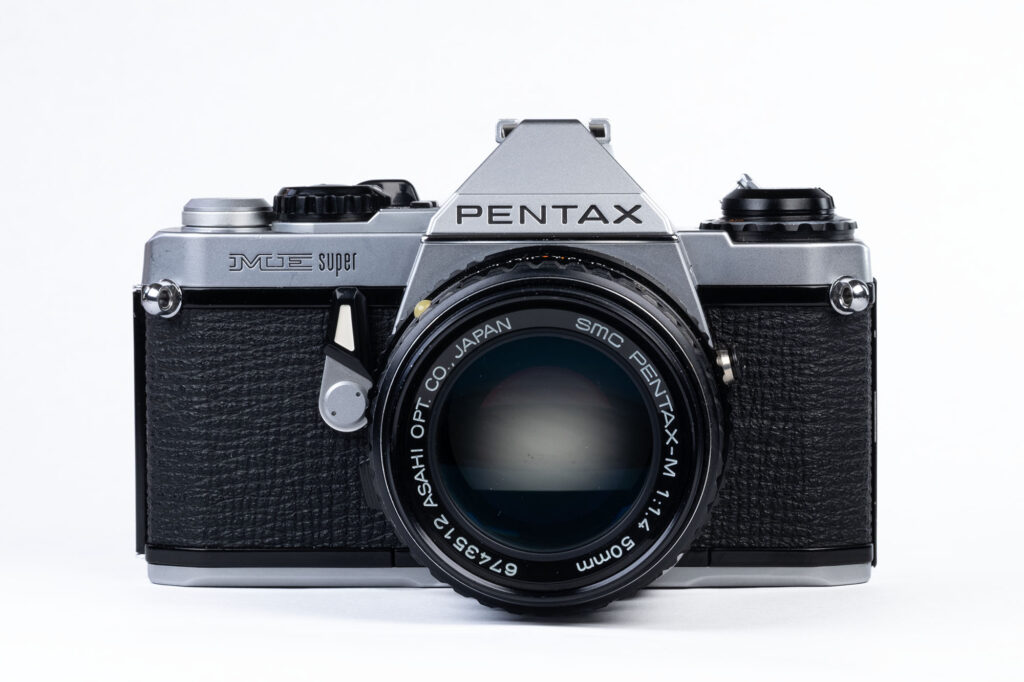
On the back there is only the viewfinder, film wind indicator and film box tab holder. The bottom has the battery compartment, tripod bushing, film rewind/release button as well as the mechanical coupling and electronic contacts for an optional motor drive. Controls on the front are limited to the self-timer lever and a PC socket for off-camera flash.
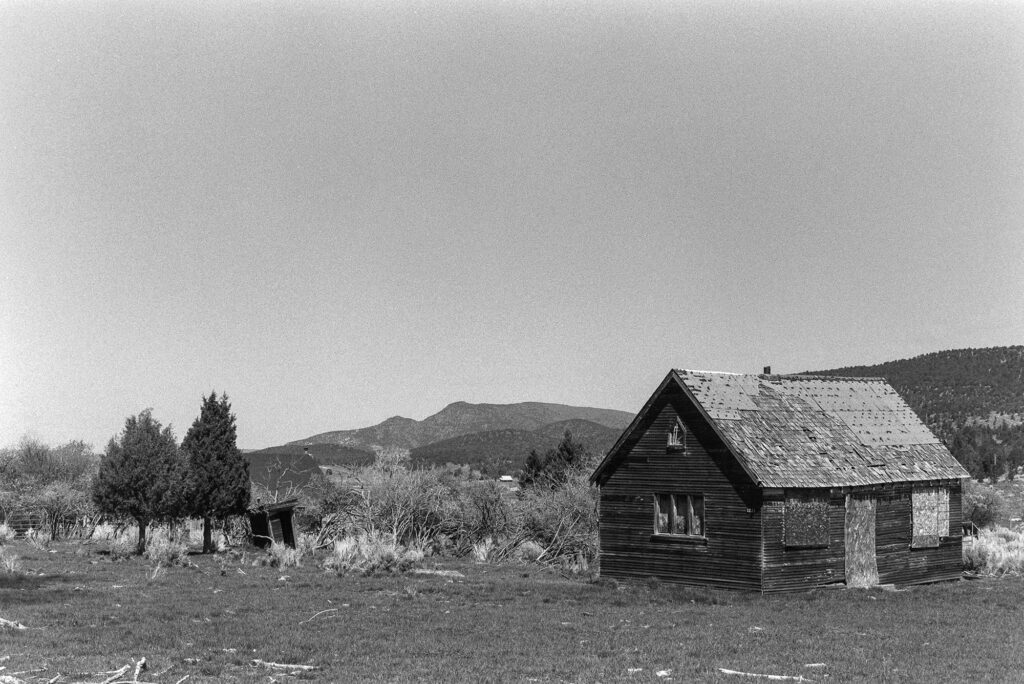
Overall it is a simple yet capable camera that feels good and works beautifully. It is smaller than the Olympus OM series, fast-handling, and nicely designed. The only feature I find missing is a depth of field preview mechanism, which I probably use more than most.
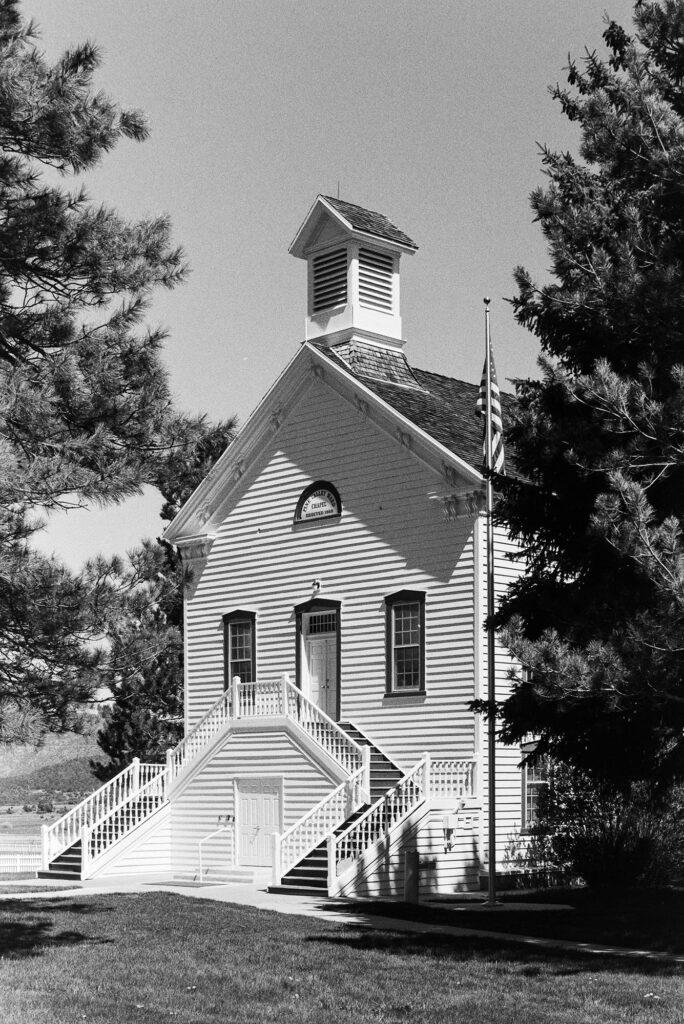
While the controls are well-placed, the less-intuitive user interface gets more familiar with use. When in Auto mode, or aperture priority, the photographer sets the aperture on the lens and the shutter speed chosen by the camera is indicated in the viewfinder by an LED. LEDs are green at 1/60 and above, and yellow to warn of potential camera shake at slower speeds. The aperture is not visible.
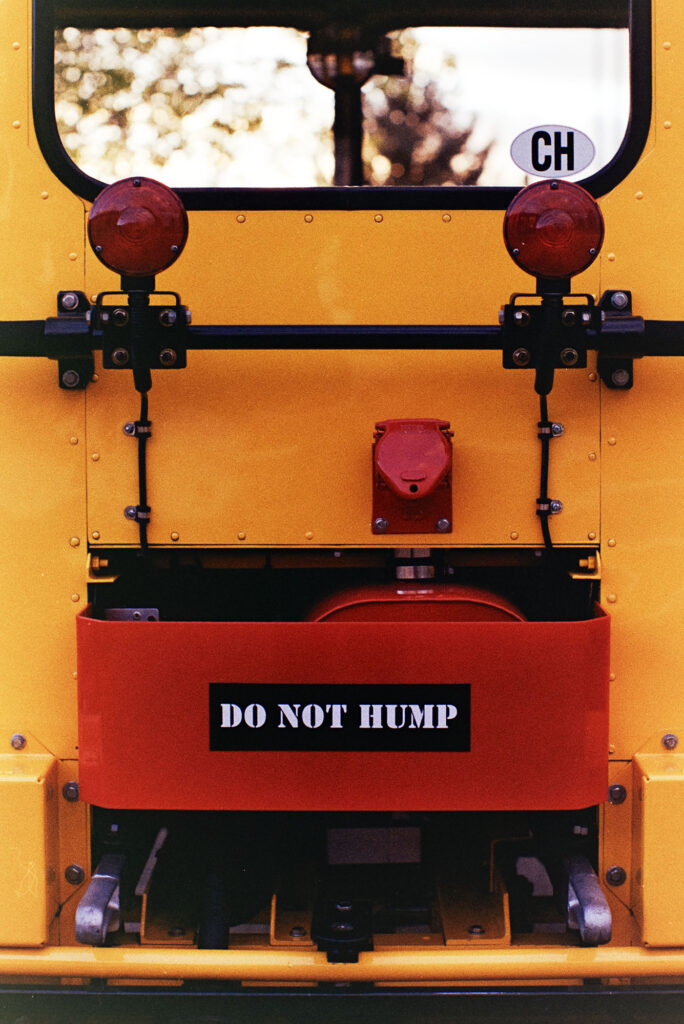
In manual mode, a green LED appears next to the letter M at the top of the shutter speed scale. Above and below the scale are the words OVER and UNDER in red letters. A red flashing LED will light up next to one of these indicating under- or over-exposure. The shutter speed set by the photographer is indicated by an LED. Proper exposure is determined by adjusting the aperture or the shutter speed until the red flashing lights stop.
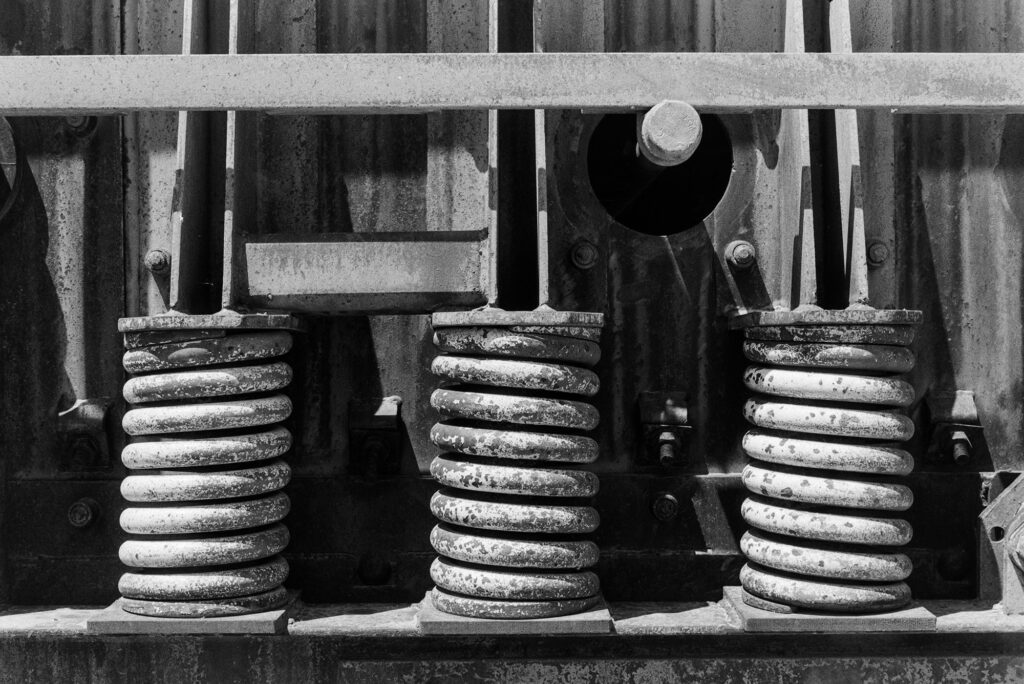
It’s not a bad system, but I think I would prefer to see both the actual and recommended shutter speeds in the viewfinder in manual mode. As it is, I have no idea how much the exposure is off until I adjust to the “proper” exposure and the over/under warning lights stop. If I want to intentionally over- or under-expose, it may be easier to shoot on Auto and use the exposure compensation dial to adjust. When that dial is set to anything but “1X” there is an LED that lights up next to the letters “EF” (Exposure Factor) in the viewfinder.
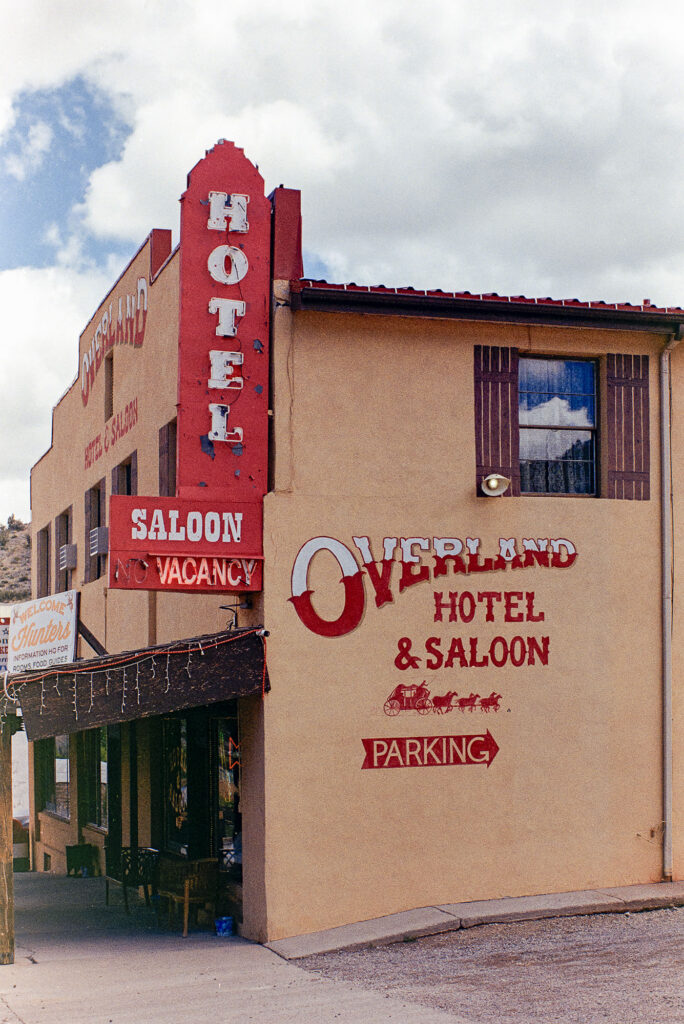
I’’ll be honest that when there is an aperture-priority setting I often use it. Of course, I make sure the meter is working properly first. Most of the time I want a properly exposed image anyway, and a good metering system provides that. If I am shooting in daylight, I’ll set the aperture to whatever gives me the DOF I want and let the camera decide the rest. There’s no shame in using auto mode. It gives me all the control I need for most photos, and it’s faster.
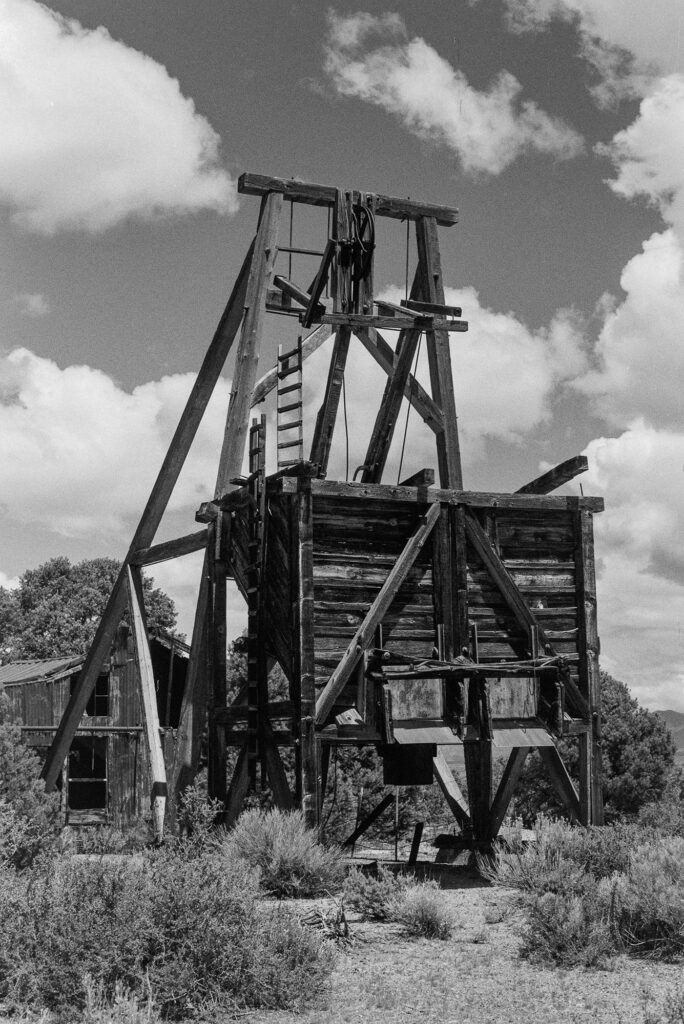
As of this writing, the prices are all over the place, with untested bodies going on the big auction site for $30-60 USD and tested, guaranteed bodies on used camera sites for up to $150. This camera made an appearance in a popular TV series, and that may be why. In this price range, I still think this camera is priced fairly. Bargains can be found, with their commensurate risk.
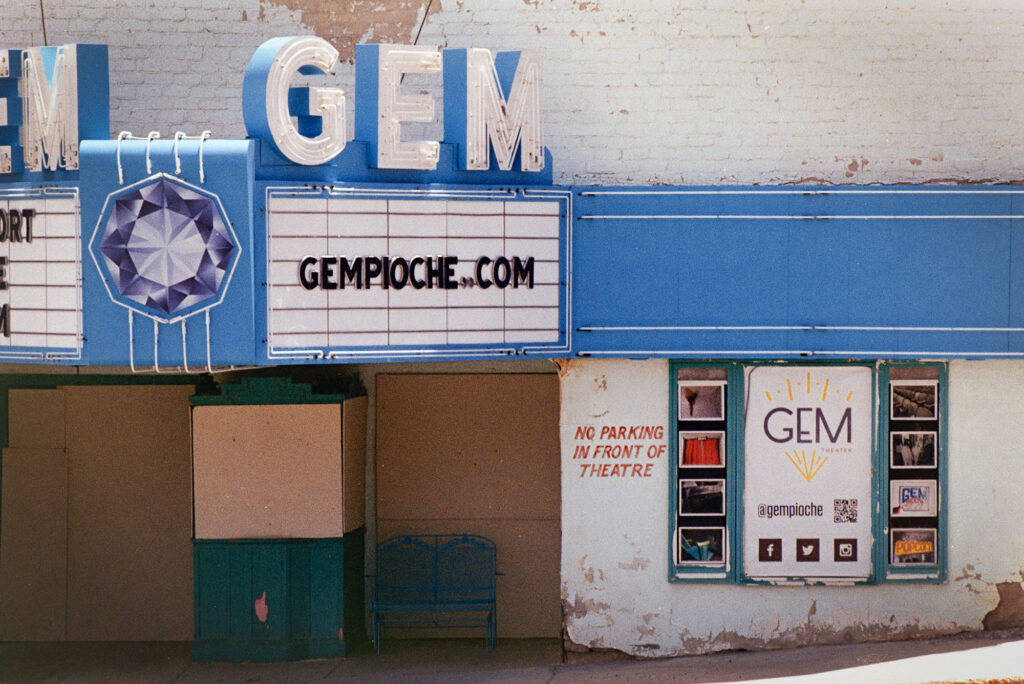
I absolutely enjoyed carry this camera on a road trip through Nevada. The kit was limited to a small bag, the 50/1.4, the Cosina 80-200mm, a filter set and extra batteries (which I didn’t need). I would have taken a wide-angle lens if I had one handy in K-mount, but I didn’t. That would make up a very shoulder-friendly travel kit I would take just about anywhere.
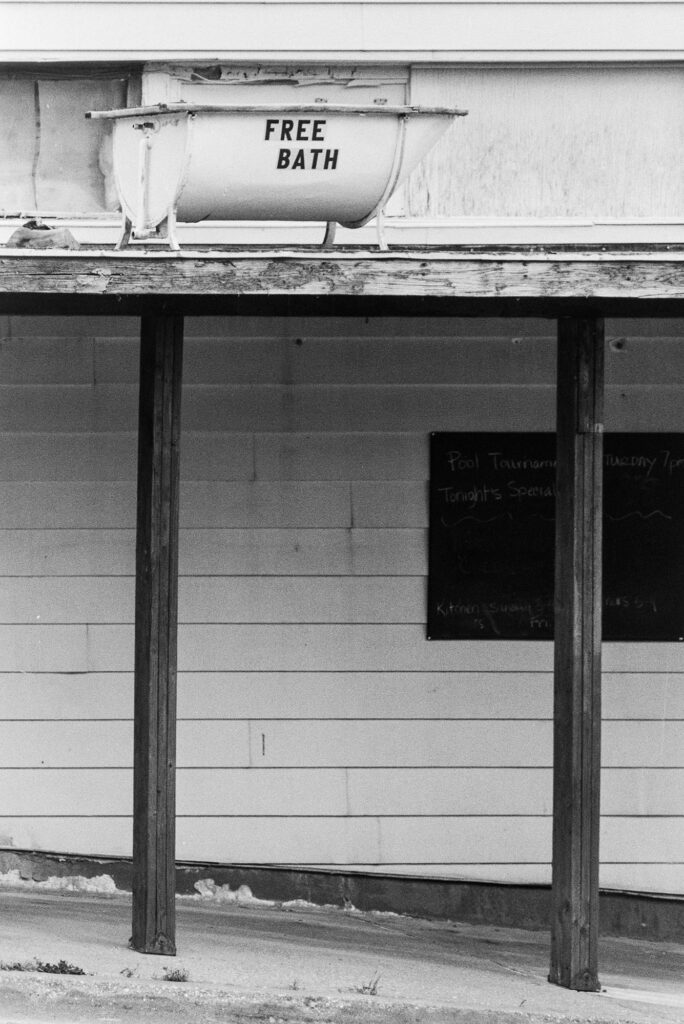
Specs:
Designation: Pentax ME Super 35mm SLR
Introduced: 1979
Manufactured: Japan
Lens Mount: Pentax K-F
Weight: 452g (16oz)
Shutter: Vertical metal focal plane, electronically controlled.
Shutter Speed range: 4-1/2000 second plus bulb, 1/125 mechanical speed.
Flash Sync: 1/125 second
ASA range: 12-1600
Hot shoe: Yes
Meter: TTL, center-weighted
Modes: Manual, Auto (Aperture Priority), 125X (flash sync or mechanical release)
Battery: 2 x LR44 1.5v batteries (or equivalent)
Self-Timer: Yes
DOF Preview: No
Mirror lockup: No
Multiple exposures: No
